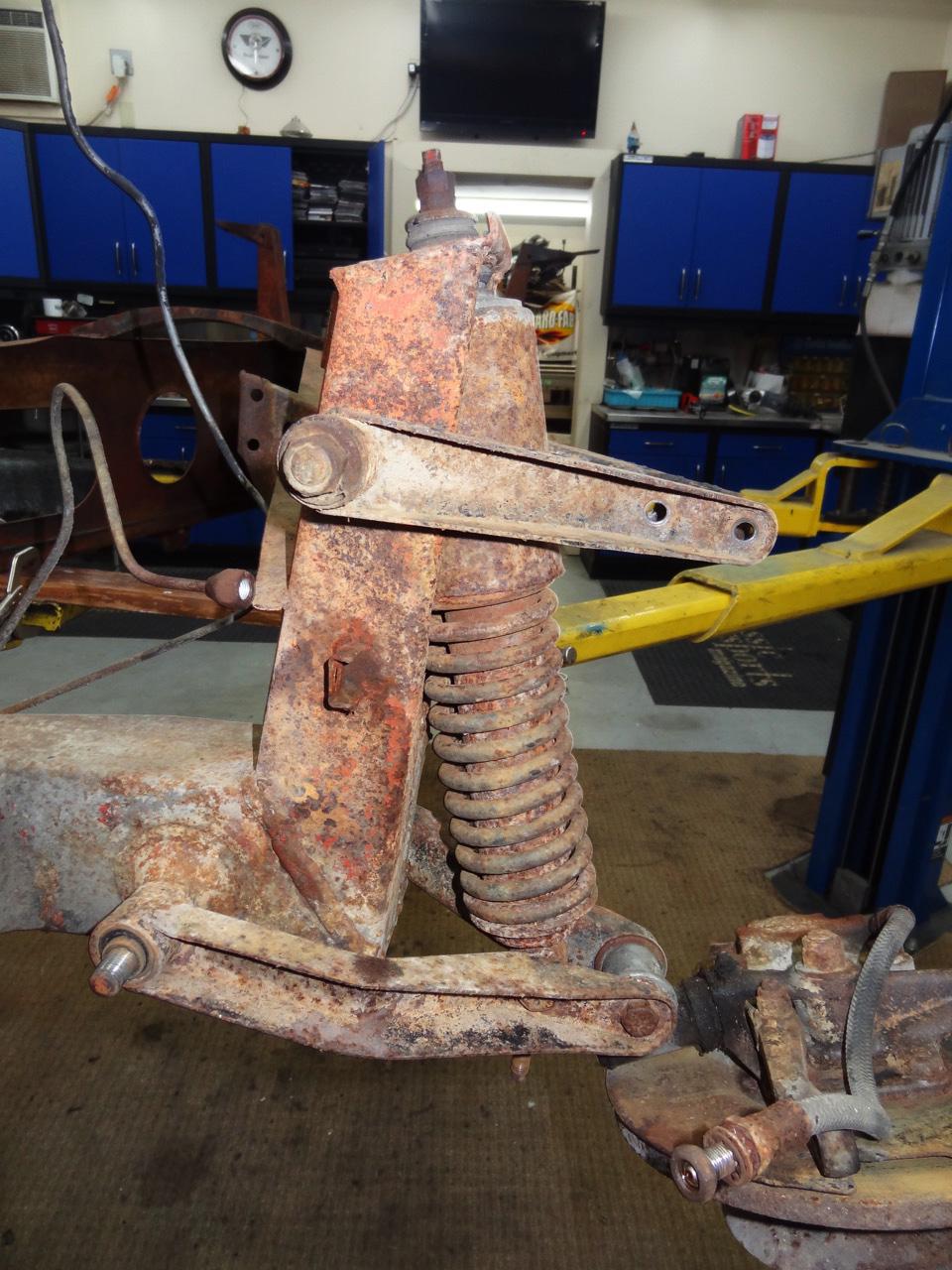Difficult question- are there any points on the chassis where the rust is just barely enough that you question the structural integrity?
Or any welds of the same thing?
Not obvious holes, or anything like that, but where the metal is thinner to the point that you are concerned.
alfadriver, rust is always a concern, and you need to be careful on a chassis, but in this case, there was just very little rust to worry about. My biggest concern was to make sure I arrested the rust, so I used some Eastwood rust emulsifier.
Tim
The reason I asked was Chapmans' reputation of using as little as possible. So wondered if any of the rusty areas made you look twice.
Good to know it's in that good of shape. It spent most of it's life over dirt, right? I saw a car here in SE MI that was stored in an unheated garage- and the concrete wasn't nice to the steel.




 Update by Tim Suddard to the
Update by Tim Suddard to the













